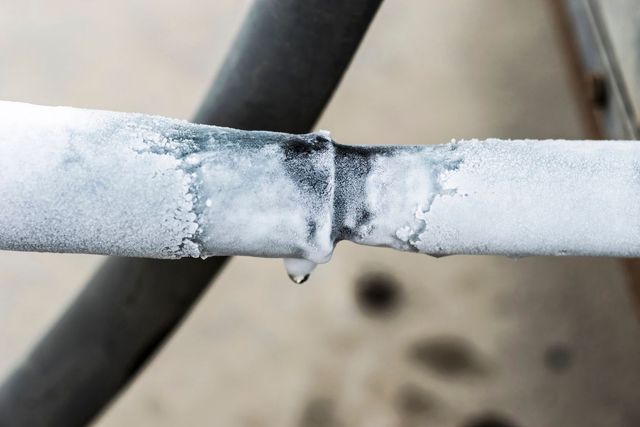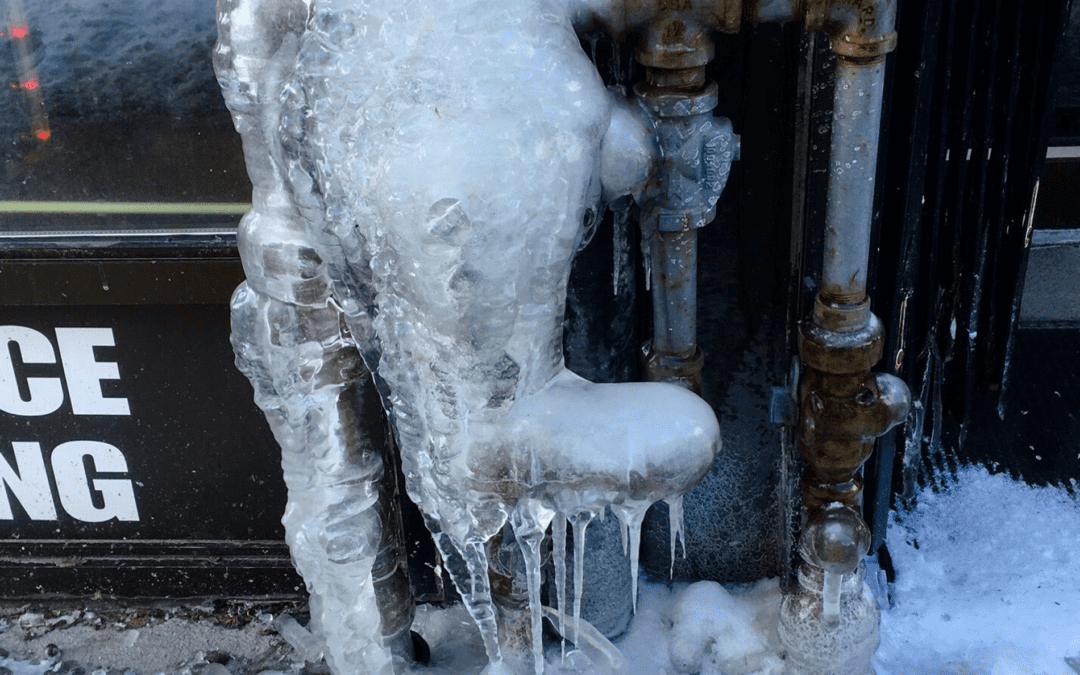Frozen AC Pipe - Identifying and Fixing the Issue Promptly
Frozen AC Pipe - Identifying and Fixing the Issue Promptly
Blog Article
What're your beliefs about What Do I Do If My AC Pipe Is Frozen?

Intro
Discovering that your air conditioning pipe is frozen can be worrying, especially during hot summer season when you count on your a/c the most. Comprehending what to do in such a scenario is critical to prevent further damage to your cooling system and guarantee your comfort inside your home.
Comprehending the Causes
Several aspects can add to the freezing of an a/c pipe. Understanding these causes can aid you address the problem successfully.
Absence of Airflow
One typical reason for a frozen air conditioning pipe is inadequate air movement. When the air movement over the evaporator coil is limited, it can create the coil to go down below freezing temperature, causing ice formation on the pipe.
Low Refrigerant Levels
Inadequate cooling agent degrees in your air conditioning system can also result in an icy pipe. Low refrigerant degrees can trigger the pressure in the system to drop, causing the cold of dampness on the evaporator coil.
Winter Conditions
In cooler environments, freezing temperatures outside can contribute to the freezing of air conditioning pipelines. If your air conditioning unit is not effectively shielded or if there are leakages in the ductwork, cold air can penetrate the system, creating the pipe to ice up.
Dirty Air Filters
Filthy or blocked air filters can restrict air movement in your air conditioning system, bring about numerous concerns, including a frozen pipeline. It's vital to change or clean your air filterings system on a regular basis to make sure proper air movement and avoid ice build-up.
Indications of a Frozen AC Pipe
Identifying the signs of an icy AC pipe is crucial for punctual action.
Lowered Airflow
If you discover a substantial decline in air flow from your vents, it can indicate a frozen pipe.
Ice Buildup on the Pipe
Visible ice build-up on the refrigerant line or the evaporator coil is a clear sign of a frozen a/c pipeline.
Strange Sounds from the Unit
Unusual audios, such as hissing or gurgling, coming from your AC unit can indicate that there's ice present on the pipe.
Immediate Actions to Take
When confronted with a frozen a/c pipe, it's essential to act swiftly to prevent additional damages to your cooling system.
Turning off the AC
The very first step is to shut off your a/c to prevent the system from running and intensifying the problem.
Looking for Blockages
Inspect the area around the indoor device for any kind of blockages that may be blocking air flow, such as furnishings or drapes.
Defrosting the Pipe
You can make use of mild methods like placing towels taken in cozy water around the frozen pipeline to assist thaw it gradually.
Preventive Measures
Taking preventive measures can aid avoid future incidents of an icy air conditioning pipe.
When DIY Methods Fail
If your efforts to thaw the pipeline or address various other problems are unsuccessful, it's time to employ an expert.
Value of Hiring a Professional HVAC Technician
A qualified HVAC technician has the proficiency and tools required to identify and repair issues with your a/c system securely and properly.
Normal Maintenance Checks
Arrange regular upkeep get in touch with a specialist HVAC professional to make certain that your air conditioner system is running effectively.
Changing Air Filters
Routinely replace or clean your air filters to stop air movement limitations and preserve ideal performance.
Insulating Exposed Pipes
If your AC pipelines are exposed to chilly temperatures, think about protecting them to avoid freezing throughout cold weather.
Seeking Professional Help
If DIY methods fall short to deal with the problem or if you're unclear regarding how to continue, it's finest to seek aid from a certified HVAC specialist.
Conclusion
Managing an icy AC pipeline can be an aggravating experience, yet recognizing exactly how to respond can aid minimize damages and bring back comfort to your home. By recognizing the causes, acknowledging the signs, and taking punctual action, you can properly attend to the issue and avoid future occurrences.
What to Do If Your AC Line Is Frozen
Make Sure All Supply and Return Air Vents Are Open
If you notice problems with airflow, the first thing you should do is check your supply and return vents. Supply vents distribute clean, conditioned air throughout your home. As this air becomes stale, it’s pulled into the return vent, where it’s reconditioned before being sent back out through the supply vent.
When these vents are closed, air won’t flow in the home. Before examining your AC, check the vents in every room and ensure they’re all open.
Check for a Dirty Air Filter
Another possible cause of limited airflow is a dirty air filter. Your air conditioner’s filters catch elements you don’t want to breathe in, such as dirt and dust. Over time, filters can become clogged, ultimately blocking air from flowing in and out. The lack of airflow can then cause the entire coil to freeze and will completely restrict any air from moving through it. The AC may need to be powered off for one to two days to allow the coil to thaw after replacing the filter to allow proper functioning of the unit. This debris can also accumulate on your AC’s evaporator coil, requiring a more serious repair. In general, air filters should be cleaned regularly (about every two weeks).
Assess Your Outdoor Unit
In addition to checking your AC, assessing the outdoor unit is a good idea. Also known as the condensing unit, it works with your interior unit to release heat outside. An issue with the outdoor unit can result in rising internal temperatures.
Overgrown Shrubs or Clogged Leaves
From leaves and twigs to shrubs and debris, there’s no shortage of outdoor elements that can accumulate around your condensing unit. When these elements get lodged inside the unit, they can block airflow. Fortunately, removing the blockage can solve the problem.
Sounds of a Broken Fan
Shrubs and leaves aren’t the only things that can impede your outdoor unit’s airflow. If the fan is broken, the unit won’t be able to properly get rid of heat — which means the internal temperature won’t go down. First, make sure the fan is spinning. If it is, check for the following sounds of a broken fan:
Buzzing Rattling Screeching Hissing Clicking Preventative Measures
Nobody wants to deal with a frozen AC line. In addition to causing problems with your air conditioner, they require professional repairs. On the bright side, there are preventative measures you can take to help ensure this issue doesn’t arise in the first place.
https://www.coopergreenteam.com/blog/what-to-do-if-ac-line-frozen

I'm certainly very intrigued by Have a Frozen AC Line? Here’s How to Fix It and I am praying you enjoyed reading the entry. Sharing is nice. One never knows, you could be helping someone out. I value reading our article about Air Conditioner Frozen? How To Fix your Frozen AC Line.
Call Today Report this page